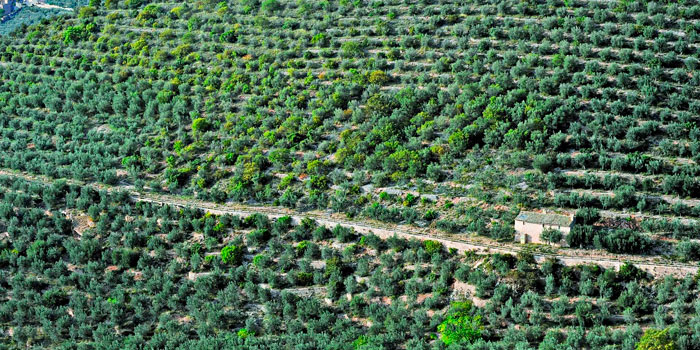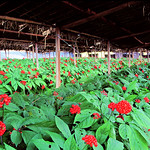Olive Groves of the Slopes between Assisi and Spoleto, Italy
GIAHS since 2018

Historically, the area proposed is one of the most important areas in Italy for olive growing. Olive pits were found in Etruscan graves dating back to the 7th century BC, while archaeological sites of Roman olive mills of the 1st century AD can be found in the area.
This agricultural system in mainly based on a traditional terraces system management allowing to grow olive trees. In addition, several main tasks from planting to the harvest has allowed the farmers to produce high quality olive oil in a sustainable way for centuries.
Nowadays, Olive oil produced in the area is certified DOP certifying a high quality of the product and ensuring a specific way of cultivation and making process. Indeed, the Olive Slopes between Assisi and Spoleto are characteristics based terraces cultivation that have been constructed based on traditional knowledge and maintained until now.
News
Two new sites added to global agricultural heritage list
Traditional ginseng farming in the Republic of Korea and olive tree groves in Italy's Umbria region have been recognized on the register of Globally Important Agricultural Heritage Systems (GIAHS), managed by the UN Food and Agriculture Organization (FAO). The two sites were added during a meeting of the GIAHS Scientific Advisory Group in Rome this week (2-4 July). It is the first time an Italian site has been recognized, and the fourth site in the Republic of Korea.


